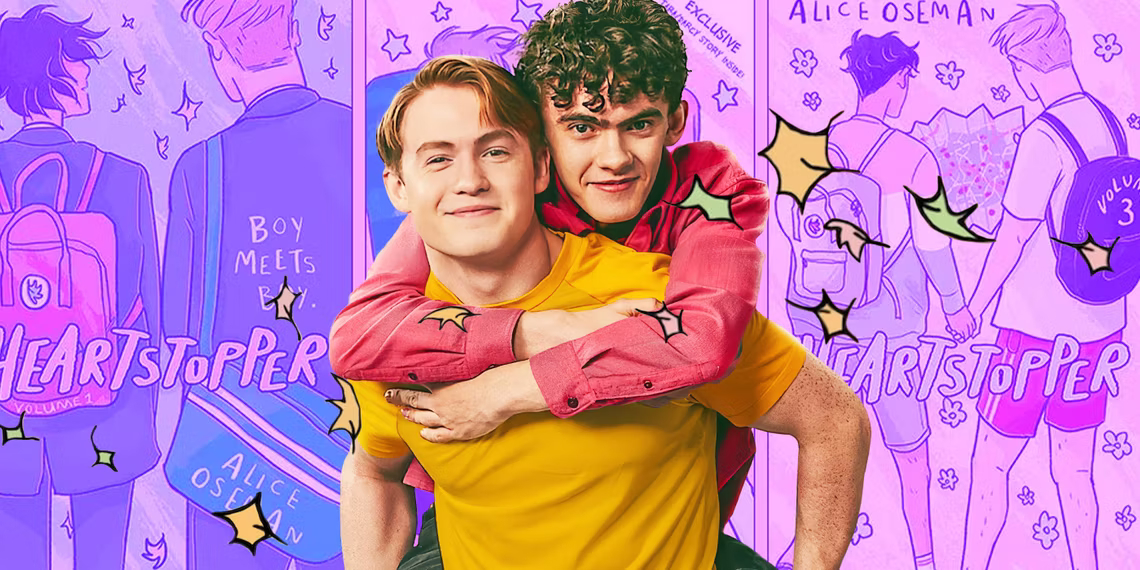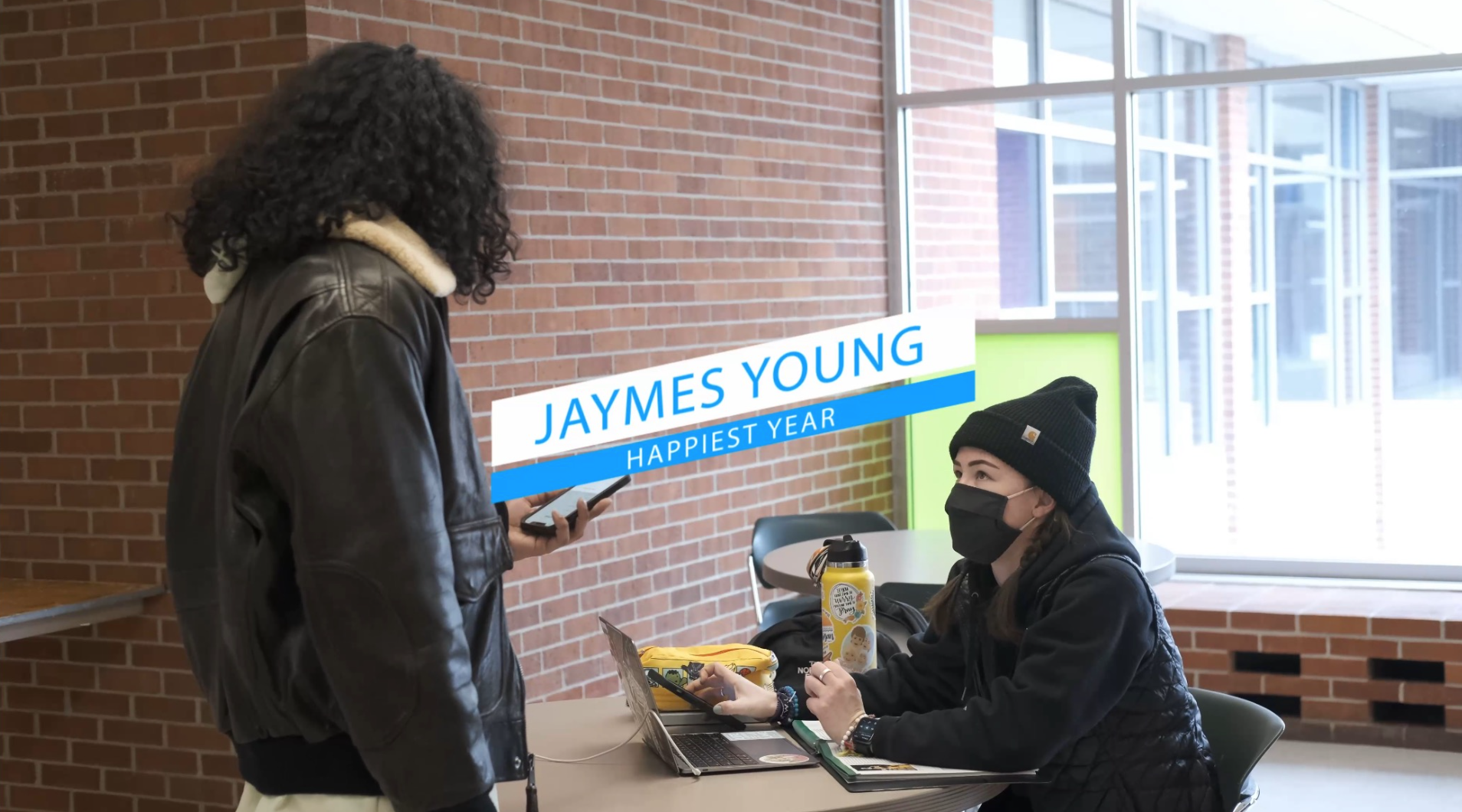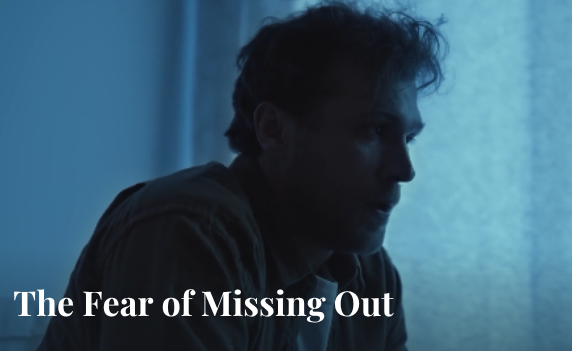By: Onnie Stone
On Aug. 3, Heartstopper season two premiered with a striking 6.1 million views, securing its number two spot on Netflix’s Top 10. The gays are hooked, and there is a good reason why.
There are countless young adult shows and movies that depict the awkward, romantic coming-of-age relationship that everyone experiences. These films are so popular because they serve as something teenagers connect with. It can help people form a better understanding of themselves. Teen romance stories are comforting, and they make the jumbled mess of hormones that is being a teenager relatable.
Unfortunately, these narratives often lack LGBTQ+ characters.
People are obsessed with having queer representation in movies and TV, and the reason is more obvious than some might expect.
For those who do not identify as being cisgender or heterosexual, the lack of representation can leave them feeling alienated, isolated, or as though there is something wrong with them. Recently, there has been a growth in the number of LGBTQ+ characters on-screen. Even so, mainstream entertainment has consistently disappointed queer audiences with sad stories and under-developed characters.
Ok, so what makes “Heartstopper” different from other shows with queer characters?
Heartstopper is a show made by queer people, for queer people. This has made the show capable of tackling issues that are not often depicted in mainstream entertainment. Throughout the series, Nick struggles with complications that arise from his bisexuality. These issues can be a unique experience that creates feelings of alienation, especially for men.
The show also touches on what can happen when someone tries to hide or reject their sexuality. Ben, for instance, grapples with his attraction to Charlie. His distorted views of his own sexuality has caused much of his antagonism throughout the series.
“Heartstopper” also draws people in with what it does not do. This is not the tragic, gay romance that queer audiences are all-too-familiar with.
Season two unfolds with Nick and Charlie, the main couple in the series, struggling with the fear of what might happen if people do not accept their relationship. As they face this challenge together, the two find happiness just in being with each other.
The show depicts the turmoil and the joys of being queer. It reminds audiences that there is so much love, support and happiness in spite of all the misconceptions and hate. Because being queer isn’t just “love is love” or “be yourself.” Because being queer isn’t just the conflict and pain that comes with realizing who you are and dealing with how people react to it. Because being queer is having a community that you will always belong to and who will always support you.


